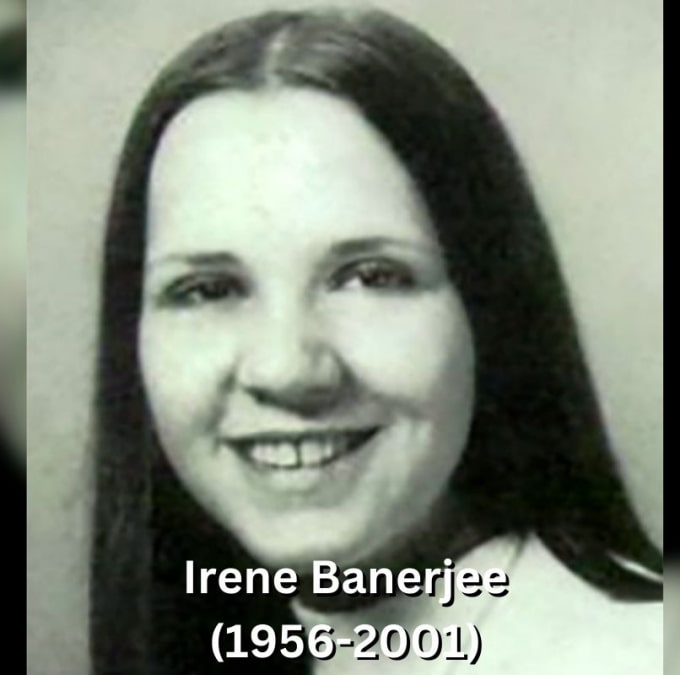Robert Reuven Sokal, a pivotal figure in the spheres of biostatistics and entomology, made a significant impact on the scientific community with his pioneering work in numerical taxonomy. This article delves into Sokal's life, career, and contributions, providing an in-depth look at his early beginnings, significant achievements, and enduring legacy.
Quick Facts
| Category | Information |
|---|---|
| Full Name | Robert Reuven Sokal |
| Known As | Robert R. Sokal |
| Professions | Biostatistician, Entomologist |
| Date of Birth | January 13, 1926 |
| Place of Birth | Vienna, Austria |
| Nationality | Austrian-American |
Early Life
Born into a Jewish family in Vienna, Austria, Robert R. Sokal's early life was characterized by significant turmoil and transformative changes, which later shaped his remarkable contributions to science.
Childhood in Vienna
Sokal was born on January 13, 1926, in Vienna, Austria. His early childhood was enriched by the cultural and intellectual vibrancy of pre-war Vienna. However, the rise of anti-Semitism and the annexation of Austria by Nazi Germany in 1938 forced his family to seek refuge elsewhere.
Escape to China
In 1939, Sokal's family fled to Shanghai, China, escaping the horrors of Nazi persecution. This critical juncture exposed Sokal to new cultures and environments, which later influenced his scientific perspective. Despite the challenges of adapting to a new country amidst global conflict, he continued his education and developed a passion for the natural world.
Academic Journey and Career Beginnings
Sokal's academic journey was marked by rigorous study and influential mentorship, forming the groundwork for his future contributions to biostatistics and entomology.
University of Chicago and Alfred E. Emerson
Sokal furthered his education in the United States, earning his Ph.D. at the University of Chicago. He studied under Alfred E. Emerson, a renowned entomologist, whose guidance was crucial in shaping Sokal's scientific approach and research interests.
Early Research and Teaching
After earning his Ph.D., Sokal embarked on his academic career, initially focusing on entomology. His early research was marked by meticulous fieldwork and a deep commitment to understanding the intricacies of insect behavior and taxonomy.
Career Highlights
Robert R. Sokal's career featured groundbreaking contributions and collaborations that significantly advanced the fields of biostatistics and numerical taxonomy.
Development of Numerical Taxonomy
Sokal's major contribution was the development of numerical taxonomy, a method for classifying organisms based on quantitative measurements. This innovative approach, co-founded with Peter H. A. Sneath, transformed the way scientists categorized biological diversity.
Collaboration with Peter H. A. Sneath
Sokal's partnership with Sneath was pivotal in his career. Together, they published the groundbreaking work "Principles of Numerical Taxonomy," which established the theoretical and methodological groundwork for the field. Their work emphasized the use of statistical techniques to analyze genetic and phenotypic data, providing a more objective and reproducible framework for taxonomy.
Tenure at the University of Kansas
In 1959, Sokal joined the University of Kansas, where he continued to refine and expand his work in numerical taxonomy. His tenure at the university marked significant advancements in applying quantitative methods to biological research.
Key Projects and Collaborations
At the University of Kansas, Sokal worked on numerous projects that enhanced the understanding of genetic variation and evolutionary relationships among organisms. His collaborations with scientists, including F. James Rohlf, were instrumental in developing new statistical methods for analyzing biological data.
Contributions to Biostatistics
Beyond numerical taxonomy, Sokal made significant contributions to the broader field of biostatistics, especially in the study of geographic variation and population genetics.
Stony Brook University and F. James Rohlf
Sokal's move to Stony Brook University marked a new phase in his career, characterized by innovative research in biostatistics. Collaborating closely with Rohlf, he developed statistical methods to study geographic variation in species, shedding light on the population history of Europe and other regions.
Study of Population History
Sokal's research at Stony Brook included landmark studies on the genetic and phenotypic diversity of human populations. By analyzing geographic and genetic data, Sokal and his collaborators traced patterns of migration and population structure, contributing to a deeper understanding of human evolution.
Major Achievements
Sokal's career was marked by numerous accolades and recognitions, reflecting his profound impact on the scientific community.
Membership in Prestigious Societies
Sokal's contributions were recognized by his election to several prestigious scientific societies, including the National Academy of Sciences and the American Academy of Arts and Sciences. These honors underscored his status as a leading figure in biostatistics and entomology.
Publications and Legacy
Throughout his career, Sokal authored numerous influential publications, including the widely cited book "Biometry," which became a cornerstone text for students and researchers in the field. His work continues to influence contemporary research in taxonomy, genetics, and evolutionary biology.
Financial Insights
While Robert R. Sokal's primary legacy lies in his scientific contributions, it's also worth examining his financial success and net worth.
Net Worth and Financial Success
As of 2024, specific details about Sokal's net worth and financial earnings are limited. However, it's clear that his academic and scientific achievements afforded him recognition and financial stability. Sokal's numerous publications, research grants, and academic positions likely contributed to his financial well-being.
Earnings from Publications
Sokal's seminal works, including "Principles of Numerical Taxonomy" and "Biometry," have been widely used in academic and research settings. The royalties and earnings from these publications likely provided a steady stream of income throughout his career.
Research Grants and Academic Positions
Sokal's positions at prestigious institutions such as the University of Kansas and Stony Brook University, along with research grants from various scientific organizations, further bolstered his financial standing. These grants not only funded his research but also supported his contributions to the scientific community.
Conclusion
Robert R. Sokal's legacy is defined by his pioneering work in numerical taxonomy and biostatistics, his influential collaborations, and his enduring impact on the scientific community. His innovative approaches to classifying organisms and studying population genetics continue to shape contemporary research, ensuring that his contributions will resonate with future generations.
FAQ
What is Robert R. Sokal best known for?
Robert R. Sokal is best known for co-founding the field of numerical taxonomy with Peter H. A. Sneath. This approach uses quantitative methods to classify organisms based on genetic and phenotypic data.
Who were some of Sokal's key collaborators?
Some of Sokal's key collaborators included Peter H. A. Sneath, F. James Rohlf, and Alfred E. Emerson. These collaborations were instrumental in advancing his research and contributions to biostatistics and taxonomy.
Where did Robert R. Sokal work during his career?
Sokal worked at several prestigious institutions throughout his career, including the University of Chicago, the University of Kansas, and Stony Brook University. Each of these positions provided a platform for his groundbreaking research.
What are some of Sokal's notable publications?
Some of Sokal's notable publications include "Principles of Numerical Taxonomy," co-authored with Peter H. A. Sneath, and "Biometry," a widely cited textbook in the field of biostatistics.
How did Sokal's early life influence his career?
Sokal's early life, including his escape from Nazi-occupied Austria to China, exposed him to diverse cultures and environments. These experiences likely influenced his scientific perspective and commitment to understanding biological diversity.
In summary, Robert R. Sokal's life and career were marked by significant contributions to science, collaborative achievements, and a lasting legacy in the fields of biostatistics and numerical taxonomy. His work continues to inspire and inform contemporary research, underscoring the enduring impact of his pioneering efforts.













